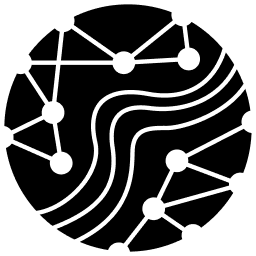
BILYA
What if there was a way to connect all the different people working in the intersections of climate, art, and culture?
Welcome to Bilya
What is Bilya?
BILYA is an online relational map of people, projects, and organisations who are engaging with the climate emergency through artistic practices and other fields and disciplines.
BILYA is a way to support deeper transdisciplinary collaboration – across climate adaptation, social sciences, social justice, software design, Indigenous data sovereignty1, culture, and the arts. It helps organise and build capacity in the sector by supporting people (artists, organisations, funders, researchers, climate professionals, etc.) connect, learn, archive, collaborate, and share knowledge and resources.
BILYA is becoming an evidence base of practice to support sector adaptation in the climate emergency context.
Team
BILYA was created by Dr Jen Rae and Claire G. Coleman from the Centre for Reworlding in collaboration with Lee Shang Lun and Jack Nolan from High Volume through research, iterations, consultation and a lab at ANU.
Is BILYA for you?2
If you are...
- an artist or arts organisation making or staging work
- a climate activist or community organiser making waves
- a funding body or industry leader looking to develop or invest in creative climate adaptation projects
- a producer or stage manager working behind the scenes to create sustainability and climate-ready resources
- a researcher or journalist interested in connecting with climate artists for interviews
- a local government worker or climate professional seeking new ways to collaborate with the arts
...then BILYA is for you.
Contact Us
Want to book a consultation or workshop, or include Bilya in your programs or projects?
CONTACT US: hello@centreforreworlding.com
1 BILYA is grounded in Indigenous data sovereignty and ICIP principles. BILYA creators believe that IDS and ICIP benefits everyone. You should have a right to your data and how it is managed, verified and acknowledged. BILYA data will never be sold.
2 We acknowledge the movement building work of SisterSong Inc. in their Visioning New Futures for Reproductive Justice Declaration 2023 as inspiration for our question: Is BILYA is for you?